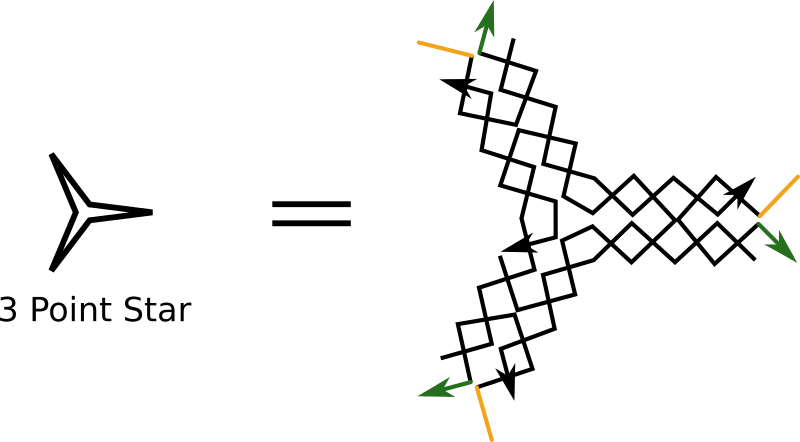Project
Our project is to make a DNA net that can wrap intended materials. DNA net are made by using DNA tiles. Our net is made from a three-point-star structure and a joint that connect the edges of the three-point-star. The stiff three-point-star maintains the honeycomb structure while the joint changes the flexibility of the whole structure. An external signal changes the hardness of the joint that makes the tile a flexible curbed surface from a hard plane. By an entropic effect, the edges fasten up like a zipper after the edges of the curbed surface collide at stochastic events, which achieve DNA tile wrapping.







